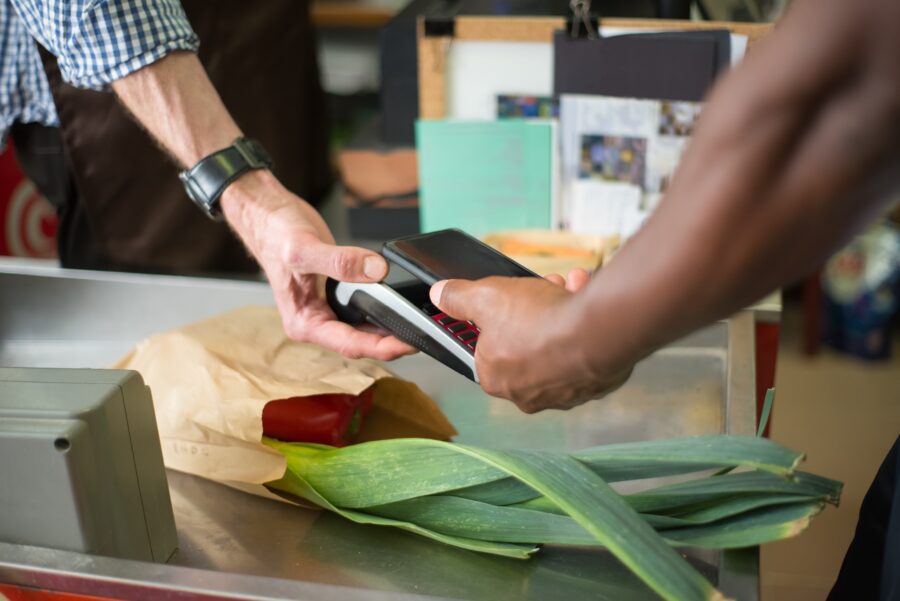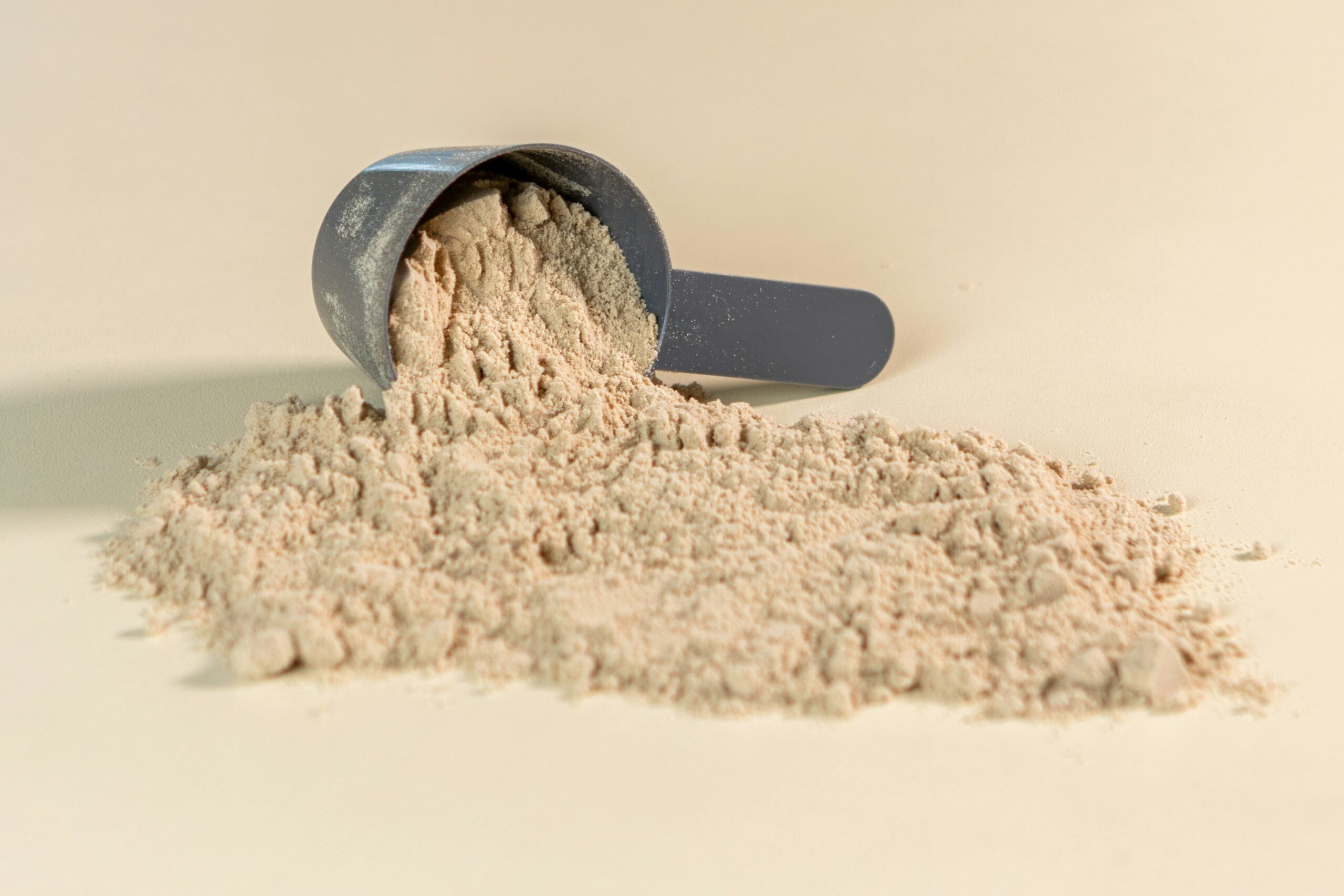The inflationary environment means grocers need to fight hard to retain their customers, and data is one of the most important tools at their fingertips. Information alone won’t build loyalty, however, or win over new shoppers—marketers need to understand how and when to best put data to use to reach shoppers with timely, relevant messages.
“We anchor a lot of our activity around personalization,” said Brian Spencer, Marketing Director for Kroger Precision Marketing at 84.51°. “Data is great, but it’s not worth anything if you’re not putting it to use. We personalize the offers that shoppers are seeing as they shop with us and that really helps make the experience faster, easier, and more relevant.”
Getting the most out of personalization means having the right teams with proper tools in place to deliver promotions in a convenient manner. Coupons play a big role in today’s market—Spencer noted that 64% of households are on the lookout for deals—but it’s not a matter of simply looking at past purchases and offering promotions on the same items. Grocers need to dig deep into their data to understand their customers on a more personal level.
“Machine learning models are important because it’s a lot more than just, ‘Hey, I bought Brand A salsa the last time I went shopping so retarget me with a Brand A salsa coupon,’” said Spencer. “It’s a matter of looking at thousands of variables, and that amount of data is beyond just simplistic retargeting. It’s really looking at how do all of all of these different variables work together to predict which households are going to be interested in the holdup old El Paso salsa or whatever the product may be.”
A loyalty program is key to both gathering the data and understanding what shoppers want. Spencer noted that 96% of Kroger’s sales are connected to loyalty accounts, which creates the foundation for a long-term relationship and the important trust that builds. By understanding what’s in a shopper’s basket during every trip, data scientists can track customers change over time and improve their predictions over time.
Additionally, grocers need to understand how shoppers build their lists. A full 85% of Kroger’s top 500 search terms are unbranded, meaning people search for “soup” rather than “Progresso Chicken Noodle,” according to Spencer. This means ads that start at the bottom of the funnel, where personalization can turn generic searches into helpful product recommendations, is a good place to start putting data to use
As with any marketing effort, refinement is important to get a proper return on investment. Grocers should keep measuring and iterating on their campaigns to gain a better understanding of each touch point to drive success in 2023 and beyond.
“Incrementality is what data science unlocks today for brands and retailers,” said Spencer. “Retargeting is fairly simple with data. The incrementality is what happens when you have really powerful data science where you can look across all of these different variables and predict which households will be most likely to convert.”












